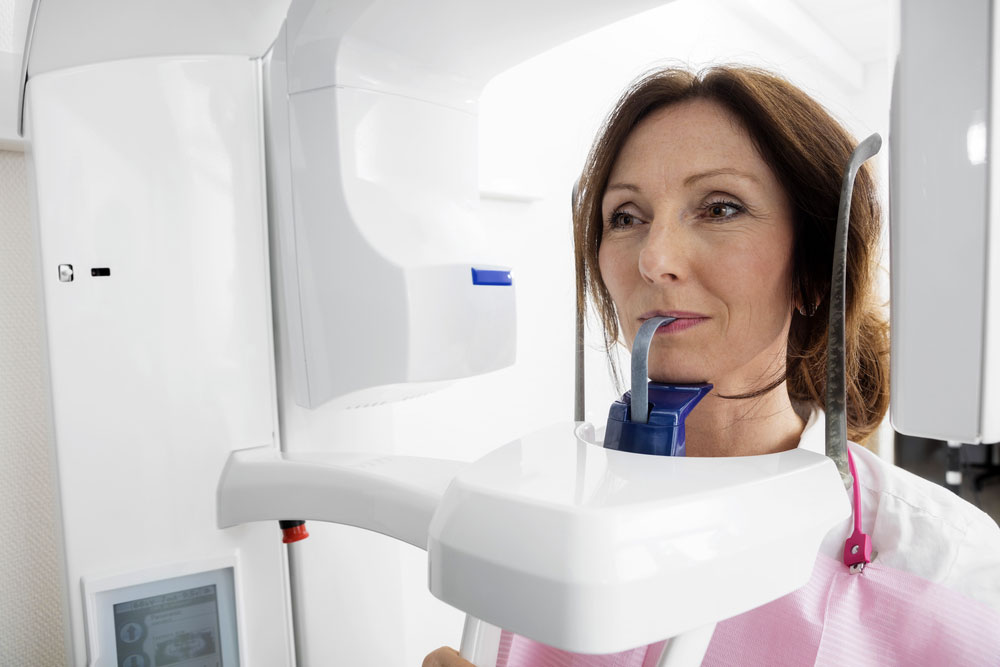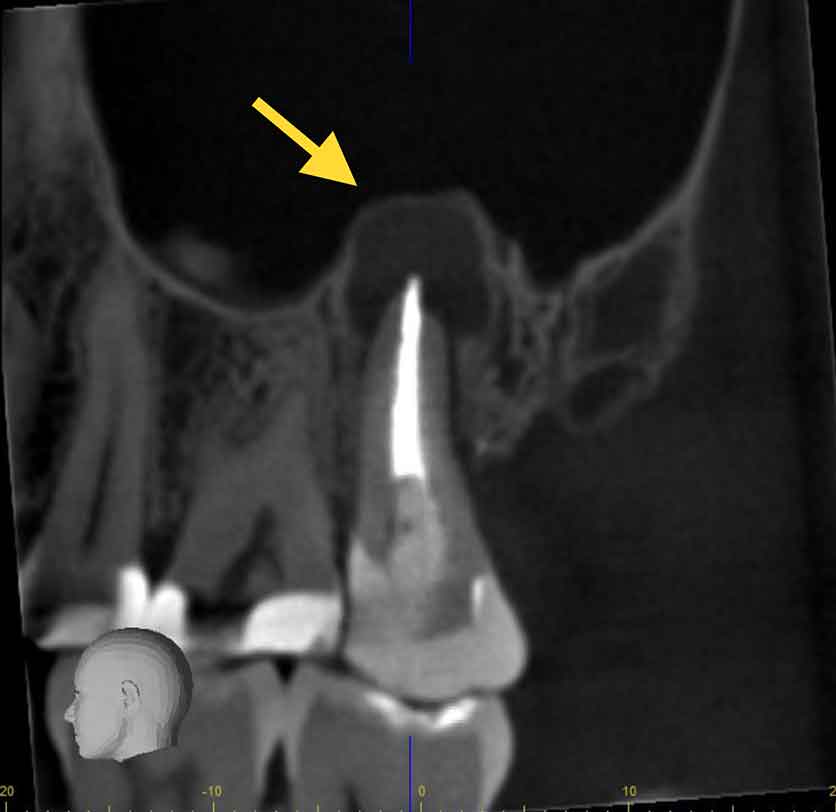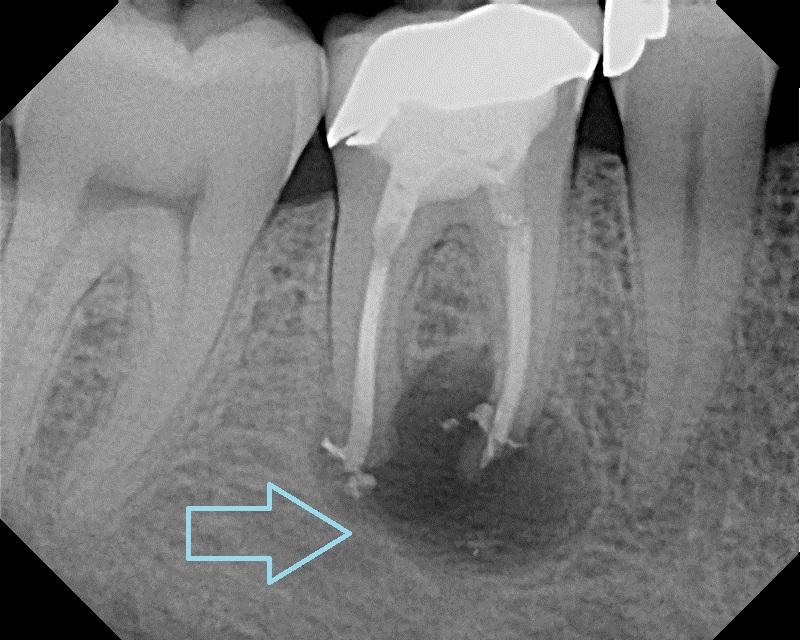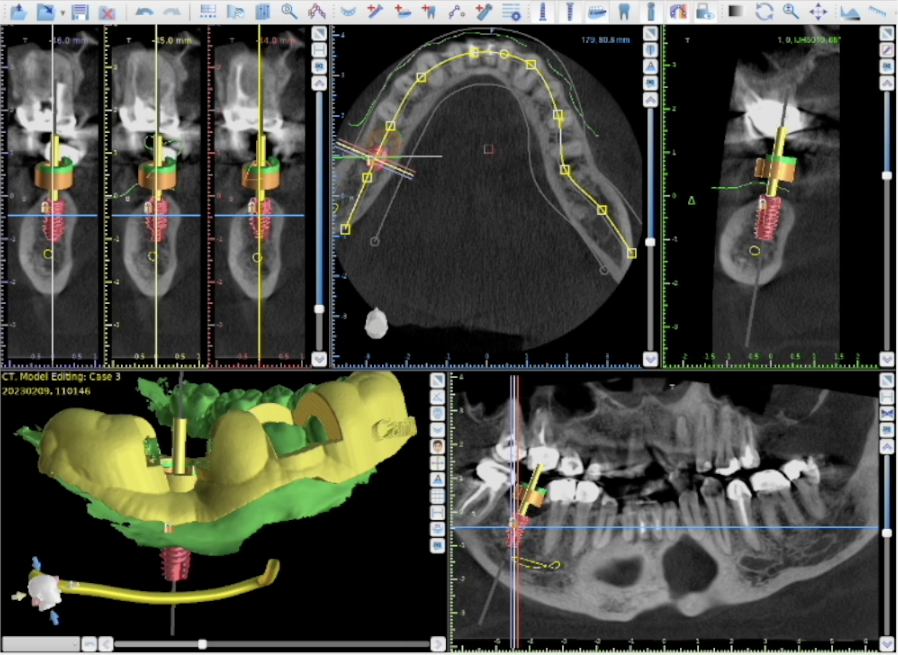Dr. Tatarin practices dentistry with a progressive approach and for that reason our office utilizes the latest in dental imaging. Our office has the latest Planmeca Cone Beam Computed Tomography (CBCT) to best identify dental concerns that the patient may be unaware of that may have an adverse effect on a patient’s overall health. Our CBCT imaging technology is incredibly valuable to our ability to correctly identify dental concerns including:
- Identify infected root canal treated teeth or other necrotic teeth that may be harboring harmful bacteria that can increase the body’s inflammatory markers.
- Identify the true 3-dimensional extent of dental infections to guarantee their complete removal
- Identify the extent of dental caries or other pathology
- Evaluate 3-dimensional tooth morphology that is missed on conventional 2-dimensional x-rays.
- Evaluate bone density and bone levels as they relate to periodontal disease
- Evaluate 3-dimensional bone contours and anatomy for safe and successful dental implant procedures.

Below are just a few examples of clinical cases we have identified and treated in our office using CBCT imaging.


We also use our 3-D CBCT technology to digitally plan surgical dental implant placement

